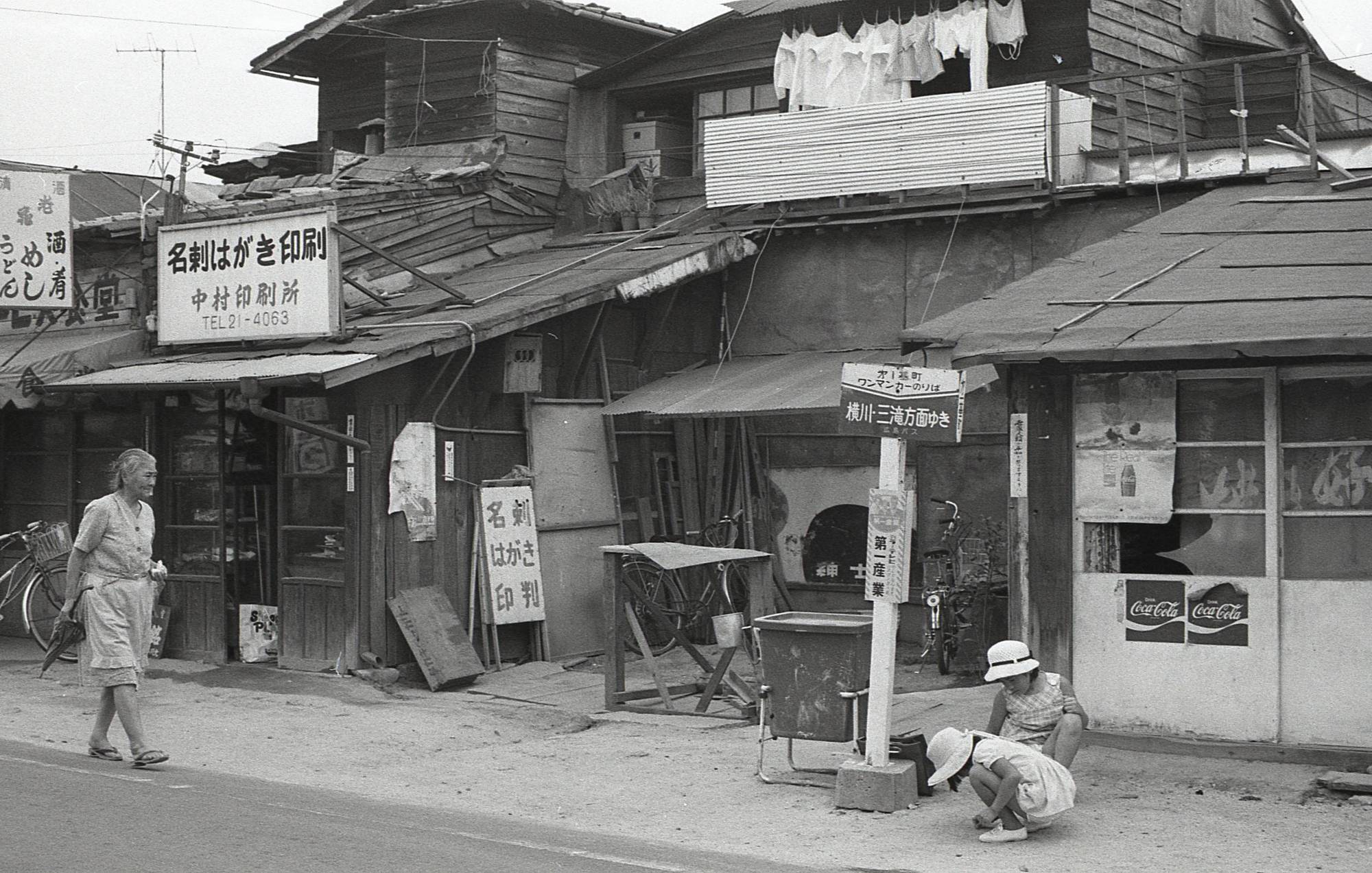On the back of Hiroshi Okumoto’s business card is the old address of the hardware store his grandfather founded in 1891: Lot number 12, Harimaya-cho, Hiroshima-shi.
The locale, now part of a district collectively known as Hondori, is home to the city’s landmark pedestrian shopping street — the largest of its kind in the region and whose bustling arcades are testament to how Hiroshima reinvented itself following the devastating blast from an atomic bomb on Aug. 6, 1945.
“A black market began forming around Hiroshima Station after the war, but soon there were efforts to bring back businesses to Hondori, where our shop and the shōtengai (commercial district) were,” says Okumoto, as he lays out a copy of a handwritten map showing the community before the bomb, nicknamed “Little Boy,” detonated 600 meters above it.

















With your current subscription plan you can comment on stories. However, before writing your first comment, please create a display name in the Profile section of your subscriber account page.